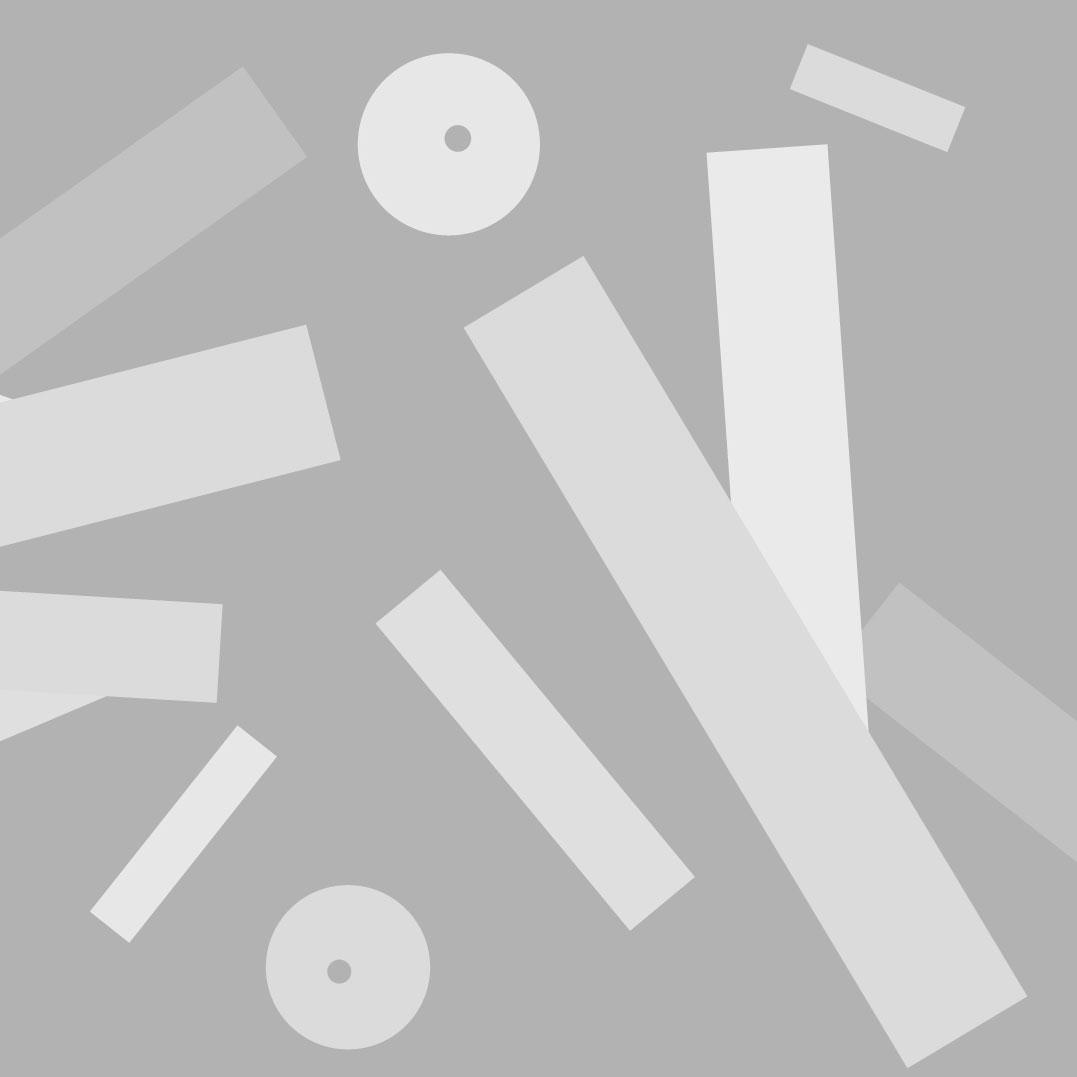Proof of the versatility of the creative approach is the program on stage in Rovereto. “Impressions # 1” (1987) and “Impression # 2” (1988) are dedicated to Henry Moore and Vincent Van Gogh respectively. “Both were created in honor of my father. I have always loved Henry Moore,” says Lewitzky, “for the fact that the female subjects of his sculptures are not women seen as objects of male possession, but people who work, have children, anything but odalisques. With six dancers from my company we studied Moore for four years, looking for the reference between dance and his way of creating groups, of working on points of contact, of reclining figures, making such concepts kinetic. I saw the first Van Gogh exhibition in my life, with my father, when I was a child. I remember his excitement in explaining Van Gogh’s painting to me, a feeling that I found again many years later in Holland. I therefore decided to dedicate the second show of the trilogy to Van Gogh (the third is inspired by Paul Klee, ed.).
It is a work in eight sections, some on nature, others on people. Van Gogh was truly interested in humanity: it is very difficult for his paintings not to contain the sign of human activity. With dance we tried to make the quality of movement in his paintings three-dimensional”.
Another approach is that of “Inscape”, created by Lewitzky in 1976 on costumes and sets by Rudi Gernreich. “It is a visual piece, played on the use of particular costumes and masks. Rudi Gernreich was the enfant terrible of the 1960s. A fashion designer (his first topless, ed.), he had been a dancer in the past. For “inscape” we worked in close collaboration, creating costumes that transformed the figure, like when we put two dancers in the same three-legged tights”.
The program is completed with “Episodi # 4 (Turf)”, from 1993 and “Meta 4” from the following year. The first is a piece created in relation to the music for quartet by Robert X. Rodriguez. It is a piece in four movements, danced by four dancers that alternates different moods marked by geometric plays of light. Finally “Episode # 4 (Turf)”. Created in response to the youth riots in Los Angeles, “Turf” by Lewitzky addresses, perhaps in memory of Horton’s favorite themes, a social problem. Moreover, the artist, despite the difference in approach from the master, has never separated civil and political commitment from her art. In 1989 she opposed Senator Jesse Helms’ proposal regarding the anti-obscenity clause that artists were forced to sign to obtain funds from the National Endowment for the Arts. Although her work contained nothing that could in any way offend the so-called common sense of decency. Bella refused to sign. Her funding was withdrawn. Invoking the First Amendment, Bella prevailed against the NEA: the clause was deemed unconstitutional. At seventy-three, Lewitzky won an important battle for the freedom of art.
